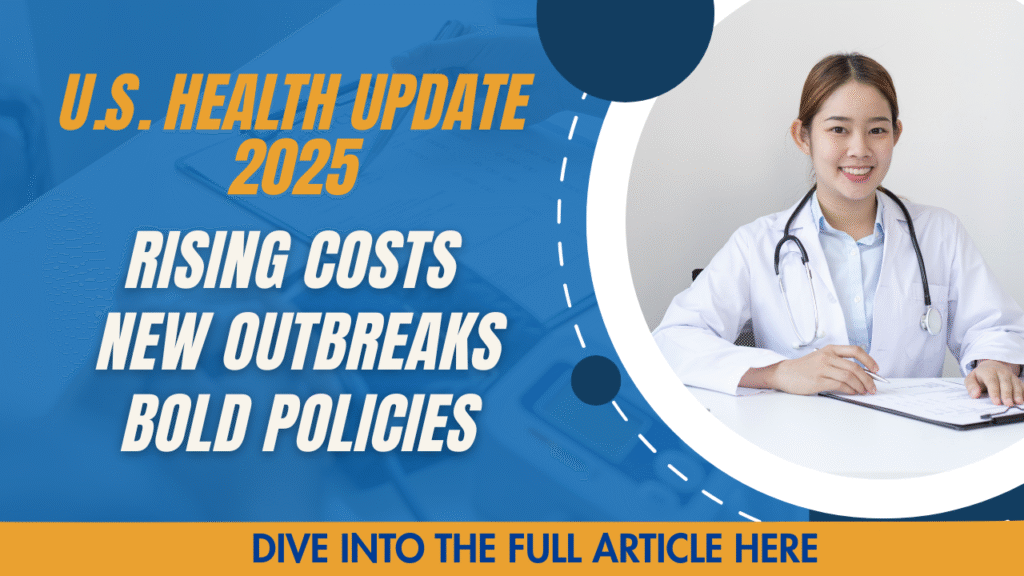The latest in the sphere of breathing news has left people speechless, as well as people struggling with breath problems. The scenario has taken an alarming level as far as rising pollution level is concerned to the shocking air quality index.
Being a person who also has asthma, I would like to inform you in detail about the current breathing crisis.
Air Quality Index (AQI) Hits Dangerous Levels in Major Cities
The breathing news today begins with one of the most burning headlines as the AQI in some cities have exceeded the hazardous level. Most of the worst hit are Karachi, Lahore, New Delhi, and Beijing. Monitoring agencies state that in these cities, PM2.5 was significantly higher than tolerable limits imposed by WHO. Being a normal citizen of Karachi, I actually experienced this scenario with my own eyes. This morning when I went out I felt shorter than usual. There was a queer burnt smell in the air, and the sky seemed hazy.

Opened the AQI
I opened the AQI on my phone the level was at 289. Not only is that unhealthy, it is dangerous. People are being advised by their doctors to remain indoors, wear a mask and use purifiers where possible. My pulmonologist suggested spending less time outside and increasing my asthma medication on a temporary basis as well. Numerous schools have been shut down, and a number of outdoor activities have been scrapped off. Governments are now being pressured to have a firm hand to control more pollution. But the question is, will they do it before things become worse?
Respiratory Illnesses on the Rise Across All Age Groups
The cases of illnesses connected with breathing are skyrocketing. It is noted that hospitals have been recording up to 30 percent cases of cerebral asthma and bronchitis within the past 24 hours alone. Children, older people, and other people with medical conditions such as respiratory conditions are the most susceptible. I have been to a local clinic yesterday, and everybody in the waiting room used to cough or wheeze or moan about chest pains. According to the attending physician, the allergic reactions an adult experiences and the worsening allergies in children are because of inhaling the particles of allergens such as dust, pollen, and vehicular fumes.
What’s worse?
These are some of the symptoms that people are confusing with seasonal flu or viral infection. However in actuality, we are becoming ill because of what we are breathing into our lungs. Inhalers and nebulizers are going out of stock in pharmacies. The demand has increased twofold. It is no longer a local problem it is a health crisis worldwide. WHO has in its turn published a warning notice that all countries need to be more concerned about respiratory care and take emergency measures in controlling pollution.
The Role of Climate Change in Today’s Breathing Crisis
One of the monstrous factors in the breathing news is climate change. According to the scientists, the global warming rises temperature which elevates the ground level of ozone, a harmful gas produced by the influence of sunlight on the air pollutants such as nitrogen dioxide and volatile organic compounds. This implies that hot weather is not improving the quality of air but worsening it. In the course of my research, I checked the site of NASA Earth Observatory that indicated that the amount of CO2 in the atmosphere of the earth was at the highest point it has been in more than 650,000 years.
650,000 years
That implies that we are inhaling the air which is not only hotter, but also chemically changed and harmful. The smoken and soot in the Canada and Australia wildfires have only increased the atmospheric pollution where the breathable air quality is almost at limits. Having followed the topic closely, the climate change is not a pending event it is an occurrence of the present.
How Governments and Health Experts Are Responding
Governments all over the world are starting to make their move, although skeptics say, it is too late and too little. The Ministry of Climate Change in Pakistan has also initiated an Emergency Air Quality Mission, and addresses:
- Reducing emissions in the factory
- The imposing of vehicle inspection standards
- Encouraging mass plantation of trees
- Funding of green-friendly transport systems
In the meantime, there is a demand by the health professionals to conduct widespread respiratory screening camps, at least in urban vicinities. Smart health tool conversations AI in healthcare is in demand as they could be used to monitor breathing problems and offer emergency relief even to citizens of remote or underserved regions. In my personal case, now I use a smart breathing monitor that is connected to my phone and reminds me when the air quality around me turns to hazardous. It is little progresses like these that will help save lives. Also, N95 masks have now been distributed free by NGOs and information dissemination campaigns have been conducted among citizens on how to take daily measures and not go out during peak pollution hours.
Daily Habits to Protect Yourself from Poor Breathing Conditions
Today’s breathing news has forced all of us to rethink our daily habits. Below are some expert-backed precautions I personally follow and highly recommend:
- Stay indoors from 11 AM to 4 PM – That’s when pollution peaks.
- Use N95 or KN95 masks – Cloth masks do not filter PM2.5 particles.
- Install air purifiers at home and office – Even small ones help.
- Hydrate more than usual – Clean water flushes out toxins.
- Keep indoor plants like aloe vera and spider plant – They purify air naturally.
- Limit vehicle use – Consider carpooling, walking, or biking.
- Track AQI using apps like IQAir or Plume Labs – Know your environment before stepping out.
These small adjustments, although inconvenient, have made a noticeable difference in my personal health over the past week.
FAQs
1. What is causing the breathing crisis today?
The crisis is primarily caused by poor air quality due to pollution, climate change, wildfires, and increased vehicular emissions. These factors collectively result in harmful PM2.5 particles that make breathing difficult.
2. Who is most at risk from poor air quality?
Children, the elderly, pregnant women, and people with existing health conditions like asthma or heart disease are most vulnerable to the effects of poor air quality.
3. How can I protect myself from breathing problems today?
Stay indoors during peak pollution hours, wear certified N95 masks, drink plenty of water, use air purifiers, and monitor air quality daily using reliable apps.
Final Words
The news of breathing today is not like any other general news of the day trending but a call to all of us to make a wake up call. Whether it is health risks or environmental triggers, the hazards of air pollution are actual and blossoming. With the personal experience under my belt, I can tell this: you do not have to wait until the symptoms appear. It is time to protect yourself. Every little step is important either by changing your routine, wearing the right mask or staying informed. The governments, societies and individuals need to unite and develop sustainable breathing means. In the meantime, don t get careless, don t get rugged, just keep breathing clean as a personal health issue is also a global one.

